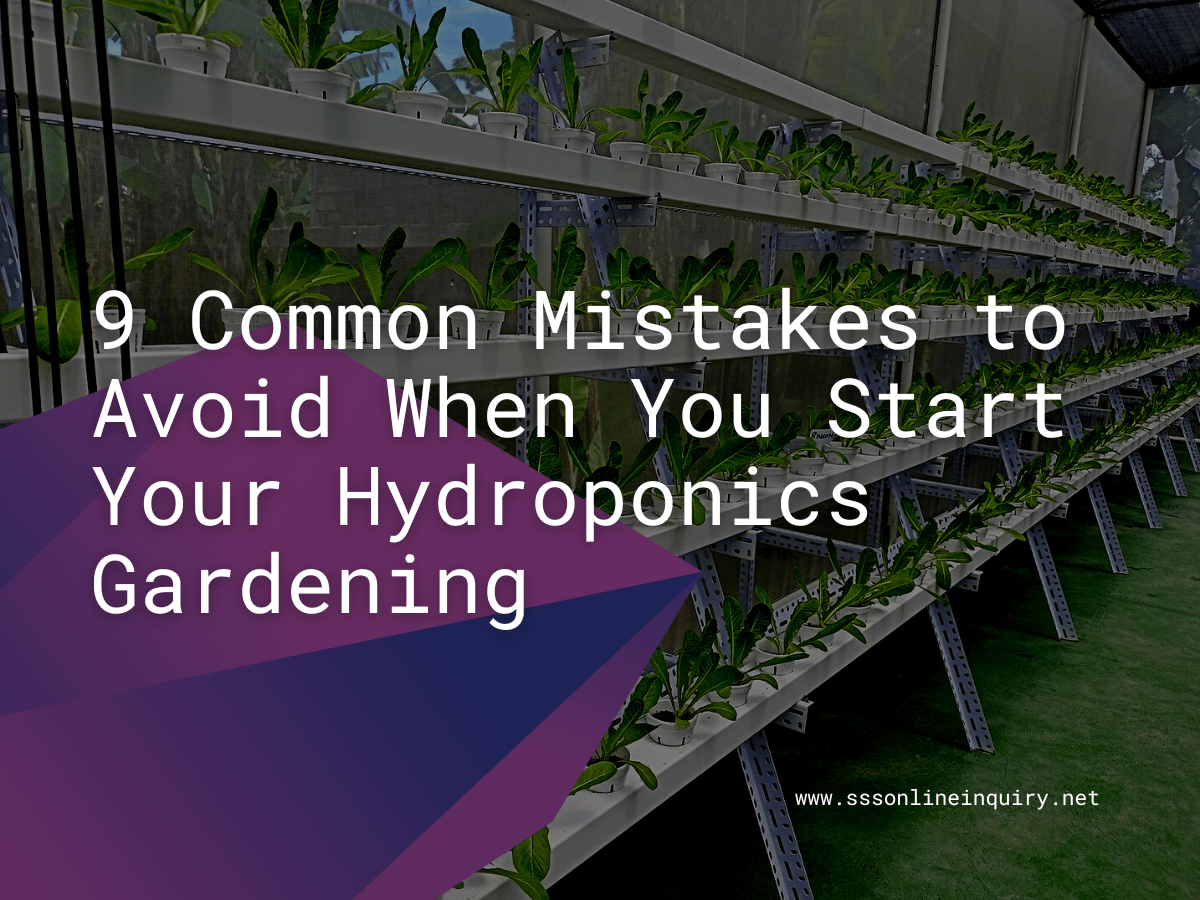You are about to embark on the exciting journey of having a hydroponics garden. Whether it is in a greenhouse, a room of your home, or outside, you are anxious to get started. You feel you have read dozens upon dozens of words about creating your system and how to grow the fruits, vegetables and herbs. But there are some mistakes you might make along the way that could put a damper on your gardening experience. These mistakes are in some ways related to troubleshooting because there can be errors within your system that need correction; however, they are also things you might cause as a human being that you must fix before you can troubleshoot your gardening system.
Starting Your Hydroponics Garden with ZERO KNOWLEDGE
The right information is crucial for success in any hobby. Sometimes you can learn as you go, but for hydroponic gardening, you’ll have a more rewarding experience if you arm yourself with the proper education first. Most novice gardeners start out without gathering all the information they need to get started, which can lead to problems with their systems or proper nutrient dispersal.
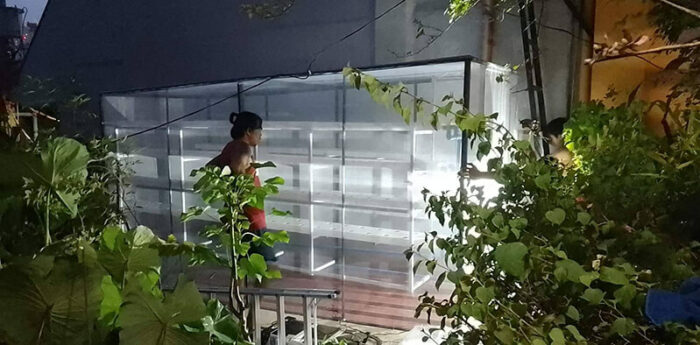
You’ve done great so far by reading this book, but if there are fruits and vegetables not mentioned in the commonly grown plant section, then be sure to do more research.
Don’t go on cheap on your supplies
When shopping for plant food or hydroponic supplies, don’t go for the cheapest option. Choose a well-stocked garden store staffed by employees who are knowledgeable about the products they sell. Asking experts for advice about what to buy is a good idea, but make sure you understand why they make their recommendations. Buying seeds, plants, fertilizer and nutrients from unauthorized dealers can lead to poor quality plants that don’t survive or cause harmful diseases in your garden. To have a sustainable garden that grows healthy plants year after year, you need to start off with high-quality plants that are guaranteed to thrive once they’ve been planted in your hydroponic system or indoor garden bed.
Not enough sunlight
Even the most experienced gardeners know that sunlight alone isn’t always enough, because it can be sporadic. The sun could be blocked by clouds or it might rain, which reduces the proper amount of light required for your crops to grow. To keep leaves healthy and crops growing at full size, you need to provide adequate lighting. Reading lamps and regular bulbs aren’t good enough, although novices tend to use them.
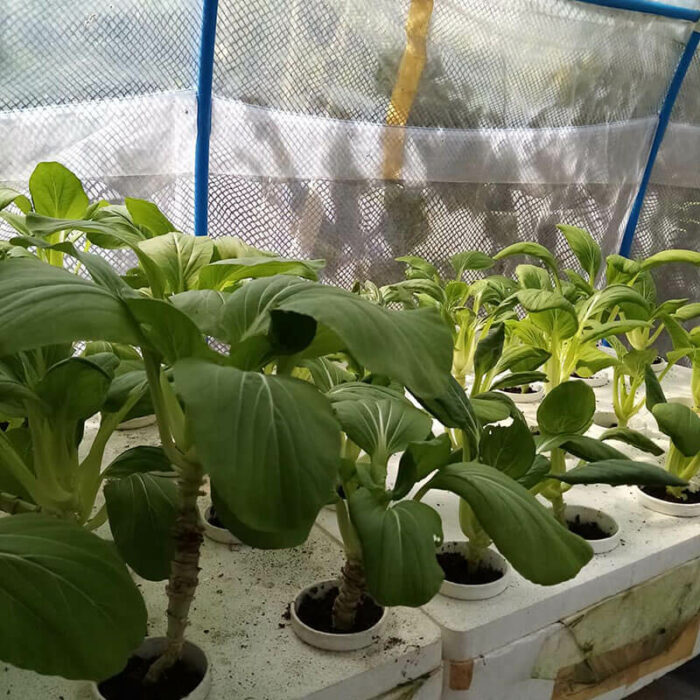
Fluorescent lights are okay but expensive to run and replace due to their high energy usage. This is why it’s suggested that you avoid making the same mistake as these first-time gardeners by using high pressure sodium or LED lights instead; they’re more cost-effective and don’t overheat plants like regular bulbs do. It doesn’t mean plants need light 24 hours a day but consistent lighting without excessive heat can help them grow better than a single daylight exposure per day does.
Unsanitary Environment
In addition to regular feeding and watering, hydroponic gardeners (whether you are a beginner or an expert already) are required to clean up their grow room. The most common mistake a newbie hydroponic gardener make is to leave dead plant matter or debris in the grow room.
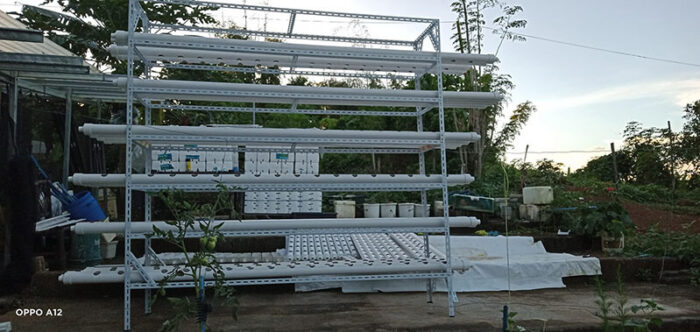
Wet floors, non-sterile equipment and an unprotected solution tank can cause problems, such as bacterial build up. Your reservoir tank might develop mold or algae on its surface or a layer of dust film that interferes with proper health of your plant. You will need to keep things clean and dust free to keep your plants healthy.
Unregulated pH
Hydroponic gardening uses the nutrient solution to feed the plants, instead of using soil. As a gardener, you need to keep track of the pH of your water and nutrients. And that means checking on it regularly. The ideal pH range varies from plant to plant. For example, beans grow best in a pH range between 6 and 6.5, while cabbage prefers a pH between 6.5 and 7.5 (7.0 is ideal). Pineapple grows best in 5 to 5.5 pH, whereas strawberries thrive in 7-7.5 pH environments. If your hydroponic system’s pH levels are too high or too low for your plants’ needs, the plants will not grow as well or may not survive at all!
When a plant has a nutrient deficiency, you may see poor fruit production or even plant death.
Plant Overfeeding
Don’t overdo it!
It’s important to understand that too much of a good thing can be bad. When it comes to fertilizing your plants, taking it too far can be very harmful for them. Hydroponic fertilizer is the nutrient solution combined with water, but if you are overwatering your plants then you could also be over-fertilizing them as well.
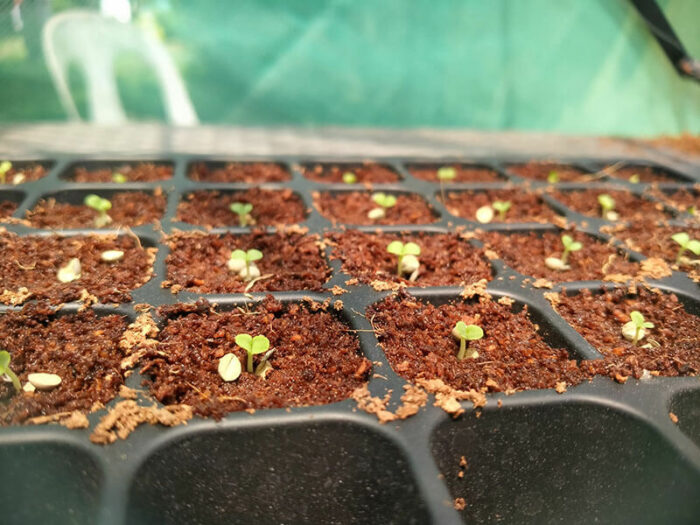
Fertilizer needs to be applied sparingly, so if you see signs of your plants being overfed—such as discoloration or yellow leaves—you should cut back on how often you’re feeding them. The best way to do this is by adding less nutrients to your system and observing how your plants respond.
Harvesting your Plants too early
Each plant has its own growing cycle. A few plants can grow from seed to full fruit or vegetable in a month, while others take up to 120 days. Even though it may be tempting to start picking fruits and vegetables off the plants as soon as they appear, you risk harvesting immature vegetables or fruits which can affect taste. Wait until the fruits and vegetables are mature before picking them.
Bad Air Circulation
The most common mistake new growers make is to not provide their plants with the right amount of ventilation. This doesn’t mean you need to pump oxygen into the water, but you do need to allow plenty of air into the grow room.
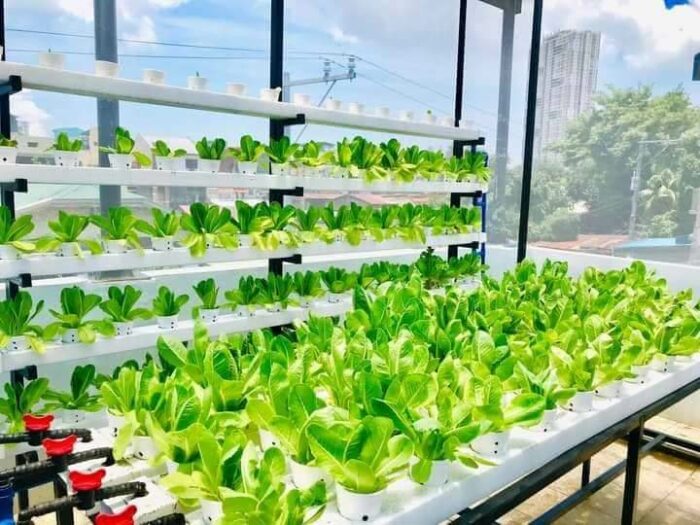
Monitoring humidity and oxygen quality in the grow room will ensure you are providing proper air circulation for better plant health. It’s also important not to point a fan directly at your plants as this can make them cold and dormant.
Over/Under Watering
You need to give your plants enough water to keep them healthy, but not so much that they become droopy and rot. Some plants will wilt if you give them too much water, while others may shrivel up if they don’t get enough. A good rule of thumb is to check the medium for dryness before watering. If it feels dry on top, then you should water your plants. Other reasons for installing drainage in your hydroponic system are to avoid overwatering and to ensure your roots get just the right amount of moisture.
